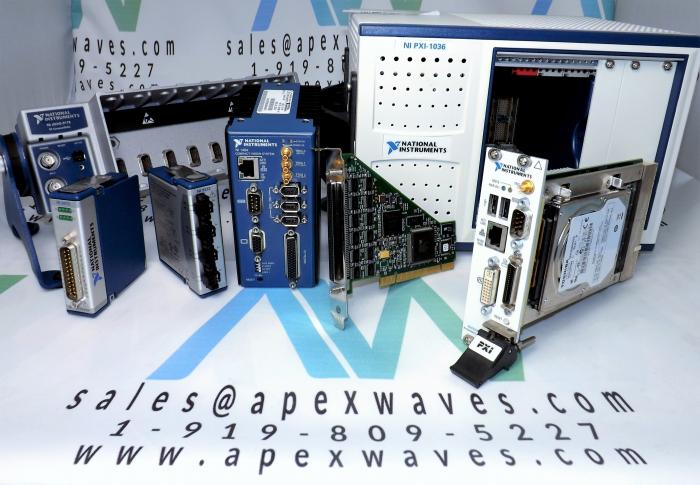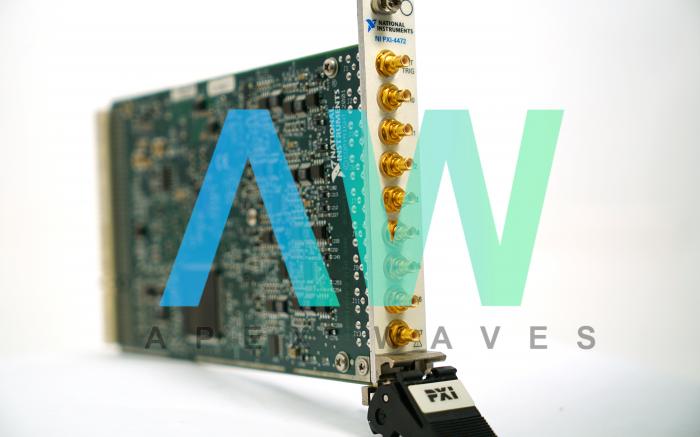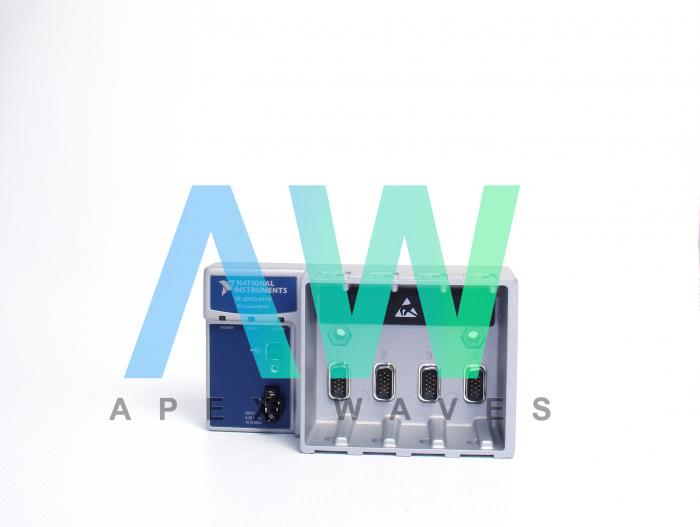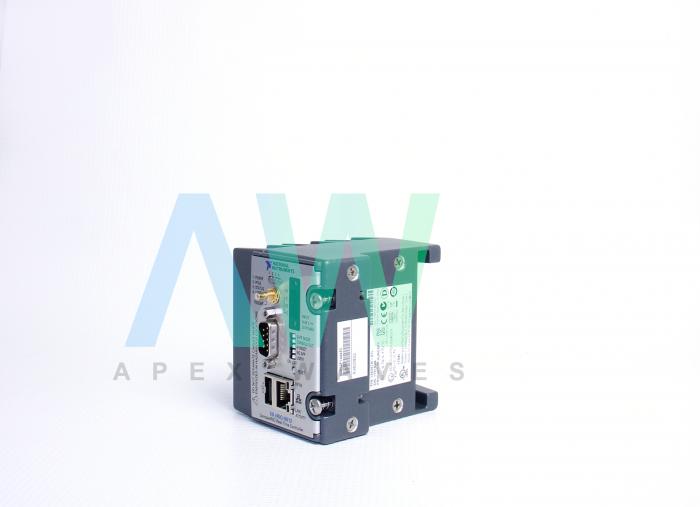Setup and Optimize the National Instruments PXI-5441 Waveform Generator
The National Instruments PXI-5441 is a powerful PXI waveform generator designed to support high-speed waveform downloads up...

Opinions vary on the importance of filing for a patent for a unique invention or product. An article in Forbes Magazine claims, “Around 97% of all patents never recoup the cost of filing them.” Dennis Crouch, from the Center for Intellectual Property & Entrepreneurship at the University of Missouri Law School, states on his website, “About 50% of patents expire prematurely because their owners decline to pay the required maintenance fees.”
Yale University published a report that revealed most research universities rarely profit from patents they file. Additionally, Bloomberg published a 2016 article revealing that less than 20% of all technology patents earn enough to pay the patent fees.
And yet, patents are important to safeguard unique inventions. A patent can provide legal protection for any design, process, or product that meets certain specifications for originality and utility. Many patents provide protection for up to 20 years. These legal protections prevent others from using your unique invention for their own profit or creating their own version of it under another patent.
Houston-based National Instruments Corporation is a prime example of a global-impacting company that holds numerous patents for its unique products and processes. Since its first recorded patent in 1977, one year after its founding, followed later by the huge patent success of LabVIEW in 1986, National Instruments has recorded an astounding 1043 unique patents.

Some of the more popular patented products include:
LabVIEW is a highly popular and globally recognized graphical programming tool that helps developers visualize every aspect of an application. Many outside vendors manufacture hardware that is compatible with LabVIEW, making it the global choice for test and measurement custom engineering solutions.
Multisim is National Instruments’ Simulation Program with Integrated Circuit Emphasis (SPICE) simulation and circuit design software for various electronic applications, designed particularly for education and research. This software integrates standard simulations with a schematic environment, allowing users to see, interact, and assess various behaviors of electronic circuits.
PXI is NI’s popular, PC-based platform that lets users combine hardware and software in various configurations to facilitate customized engineered solutions for testing and measurement. Components are timed and synchronized within a durable framework.

CompactDAQ connects easily to LabVIEW software for analysis and testing tasks from signals or sensors in the field.

CompactRIO is a framework built for advanced monitoring and control tasks, including processing in real-time and direct connection with LabVIEW FPGA.

This small device places a readily usable, software-defined RF architecture in the hands of engineers, allowing them to deploy wireless systems with a variety of signal processing solutions.
Wirelessly control transceivers with this device using an onboard FPGA and processor for high-speed wireless communications.
National Instruments is the manufacturer that accelerates engineering in a variety of vital industries like aerospace and defense. NI’s modular hardware platforms and system design software – like the ever-popular LabVIEW – help engineers innovate and integrate with new technology, faster and easier than ever before. These patented tools, processes, and products are part of NI’s commitment to push the envelope by enabling better and faster test and measurement solutions for tomorrow’s technological advances.
A monthly email packed with valuable content—industry news, tutorials, obsolescence updates, and more. No sales pitches, just insights we think you'll find helpful!
The National Instruments PXI-5441 is a powerful PXI waveform generator designed to support high-speed waveform downloads up...
Companies in almost every industry are being transformed by artificial intelligence, and autonomous machines are...
The PXIe Platform from National Instruments offers an incredibly valuable toolset for test and measurement innovation. Its...
It is no secret that simulation and testing is an important part of designing circuits....